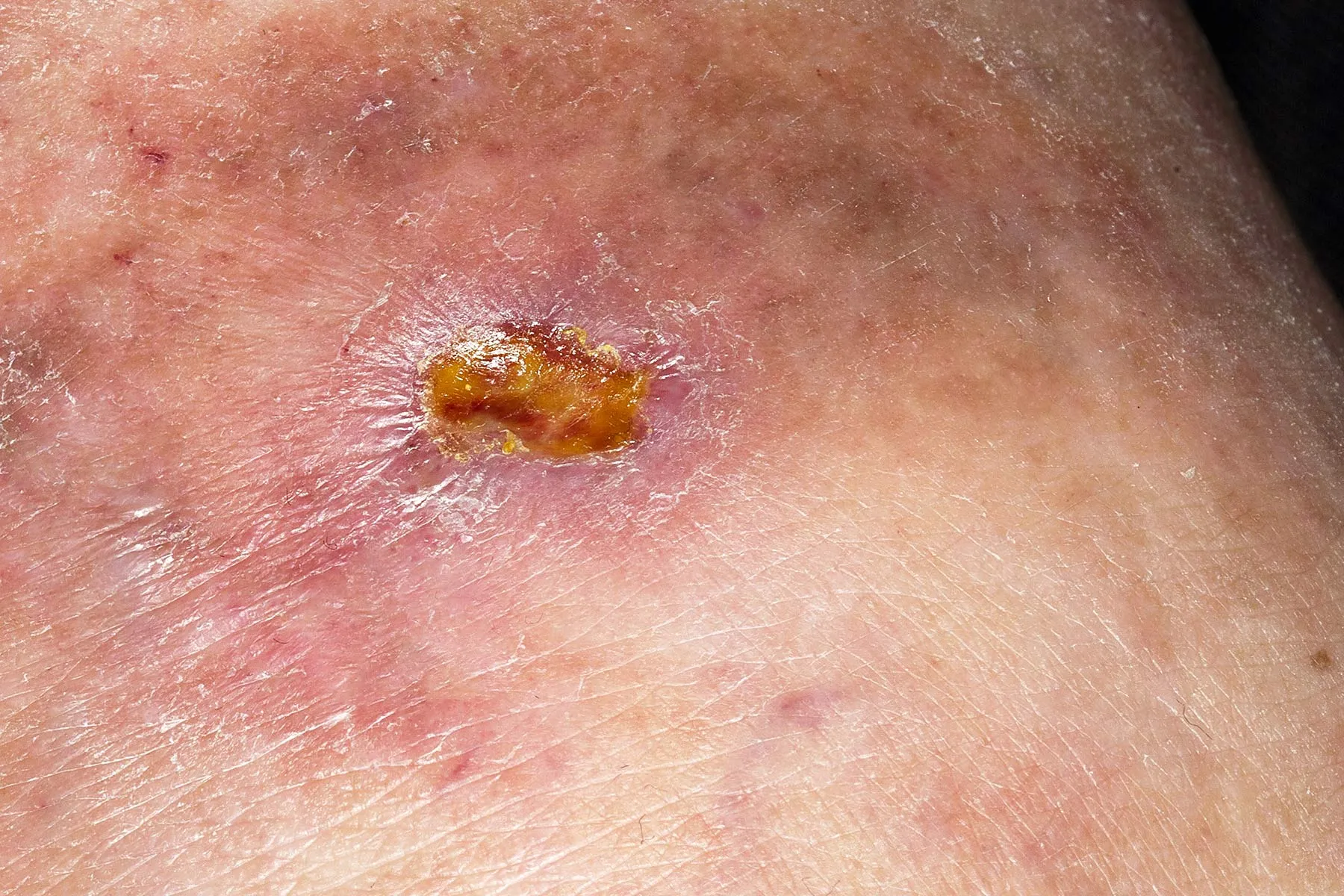July 18, 2025 – President Donald Trump’s recent diagnosis of chronic venous insufficiency (CVI) has sparked renewed interest in the condition – but for millions of Americans, it’s already a familiar reality.
CVI is a common circulatory issue that affects blood flow from the legs back to the heart, causing blood to pool or collect in the lower legs. Estimates show it impacts about 25 million U.S. adults.
Here’s what to know about CVI – and how to check your own risk.
1. Mild swelling in the legs can be an early warning sign.
Why it matters: Swelling or heaviness in the lower leg and ankle is a common symptom of chronic venous insufficiency, though pain is the most common symptom, according to the American Heart Association. The pain might get worse when you stand or improve when you raise your legs. Other red flags include a dull ache, cramping, tingling, burning, or itching sensation in your legs; varicose veins; or irritated, cracked, discolored, flaky, weepy, or roughened skin.
The condition isn’t usually life-threatening, but without treatment, the swelling could get worse, leading to ulcers that carry a risk of infection.
What you need to know: “Early detection and treatment can make a substantial difference,” Joshua A. Beckman, MD, former chair of the American Heart Association’s Vascular Health Advisory Committee and Scientific Council on Peripheral Vascular Disease, said in a statement from the American Heart Association. “That is why it is vital for individuals to be aware of the signs and symptoms of CVI so they can seek timely medical evaluation and intervention.”
Treatments vary, depending on how severe they are. A doctor might start by recommending compression stockings for the swelling, and gentle exercise (walking, water therapy) to improve blood flow. For more advanced stages, damaged veins can be closed using injections, laser treatments, or high-frequency radio wave procedures, and surgery can repair or remove affected veins.
2. CVI is common in older adults.
Why it matters: Your risk of chronic venous insufficiency increases as you get older, particularly after age 50.
“As people age, the valves in their leg veins, which are responsible for maintaining blood flow towards the heart, can weaken or become damaged,” according to the American Heart Association’s statement. “This makes it harder for blood to flow back efficiently, allowing backward flow of blood in the veins, leading to blood pooling in the legs and the development of CVI.”
What you need to know: Other risk factors include obesity, smoking, a history of pregnancy, previous blood clots, or a family history of chronic venous insufficiency. A sedentary lifestyle or prolonged periods of sitting or standing can also raise your risk.
3. Doctors often diagnose CVI using Doppler ultrasound of both legs.
Why it matters: Doppler ultrasounds are noninvasive tests that measure sound waves echoing from red blood cells, revealing how blood moves through vessels. During a Doppler ultrasound for chronic venous insufficiency, a doctor places a small device on your skin, covering the affected area, to check how quickly and in what direction the blood flows.
What you need to know: This is also how doctors look for signs of deep vein thrombosis or arterial disease.
Deep vein thrombosis is a potentially deadly blood clot that starts in the deep veins of the legs and can spread to the lungs.
Peripheral artery disease is a common condition, often found in people with diabetes or high cholesterol, that restricts blood flow in the lower legs. While chronic venous insufficiency affects the blood flow from your legs to your heart, peripheral artery disease affects the vessels traveling the other way – carrying blood from your heart to your legs.
4. Blood tests and an echocardiogram can help rule out heart failure, kidney issues, or systemic illness.
Why it matters: These blood tests – which included a complete blood count, comprehensive metabolic panel, coagulation profile, D-dimer, B-type natriuretic peptide, and cardiac biomarkers – and imaging tests are commonly used to check for signs of blood clots, heart problems, and kidney problems.
What you need to know: Chronic venous insufficiency is linked to an increased risk of deep vein thrombosis and diseases of the heart and blood vessels, which might be partially explained by shared risk factors. Heart health and kidney health are closely related.
5. The diagnosis was shared following public questions about leg swelling and hand bruising.
Why it matters: Trump’s doctor said the bruises on his hands are a side effect of aspirin, which he takes to help prevent diseases in his heart and blood vessels.
What you need to know: Aspirin thins the blood, increasing the risk of bruising. Because aspirin is a blood thinner and inhibits blood clots, some people, especially those at a heightened risk of heart disease, take it to reduce the risk of heart attacks and strokes. But this treatment also comes with the risk of another, potentially more dangerous side effect: bleeding in your gut. Before trying aspirin, or any new medication, talk to your doctor about the risks and benefits based on your health history and risk factors.
